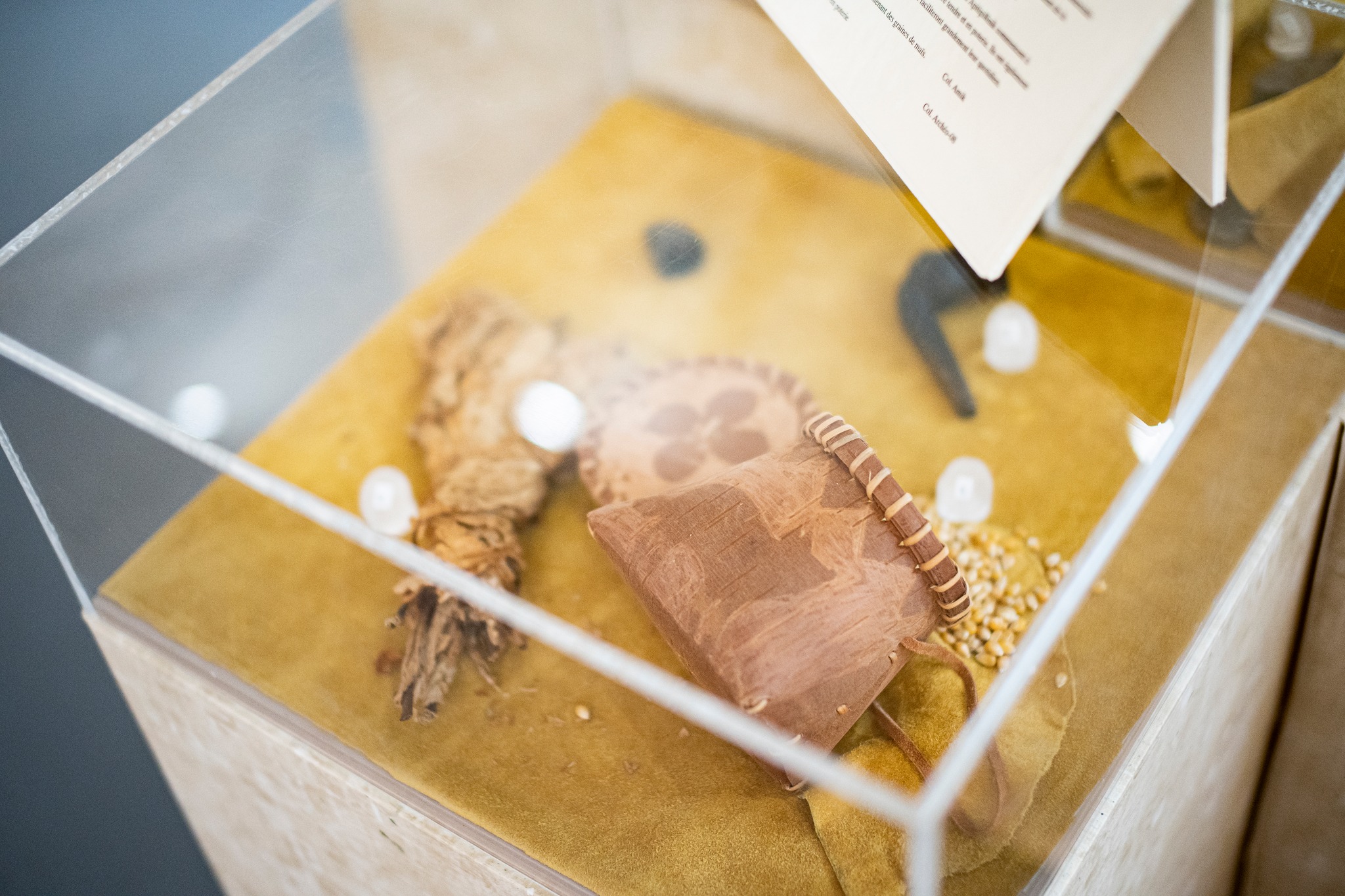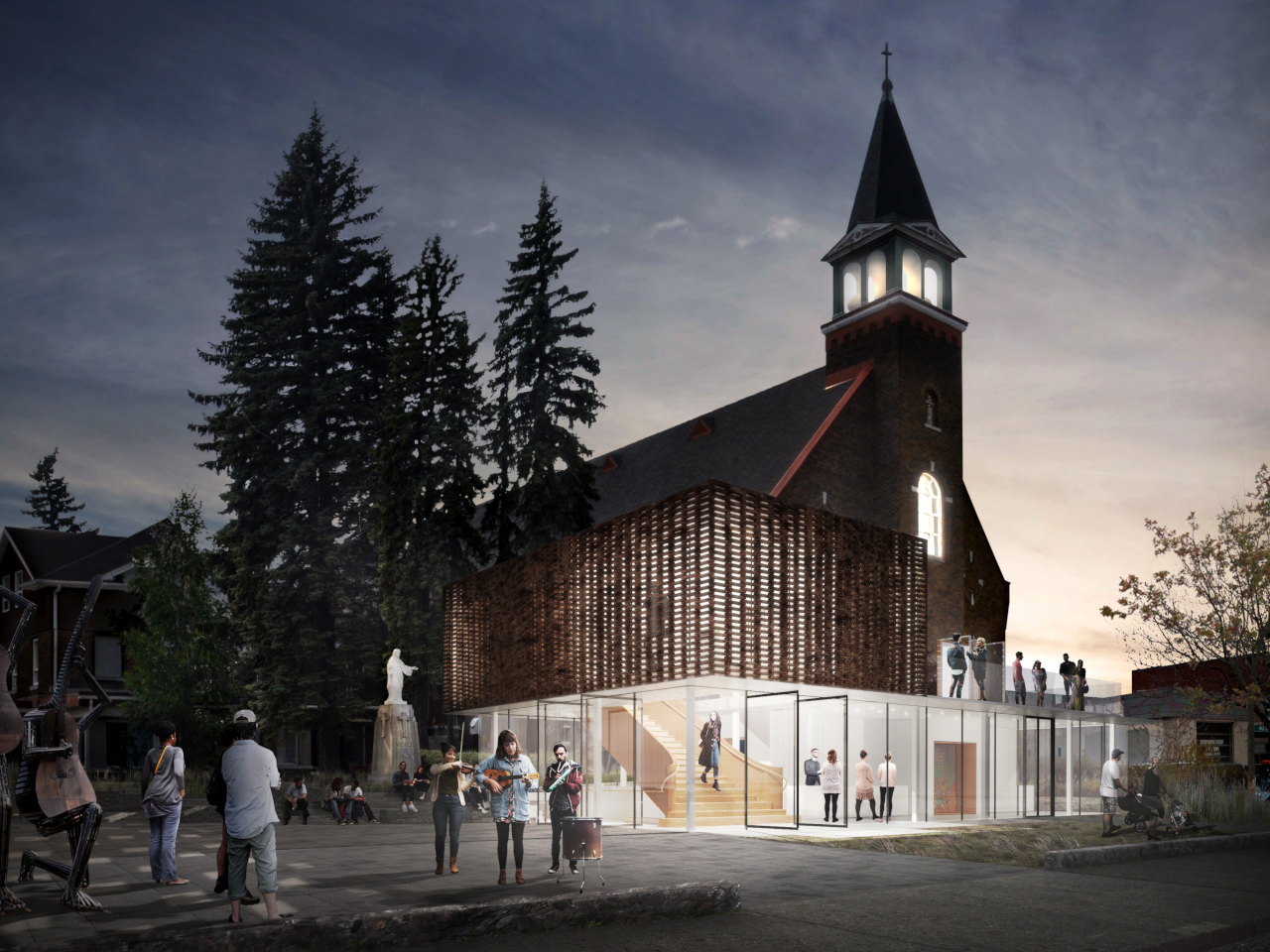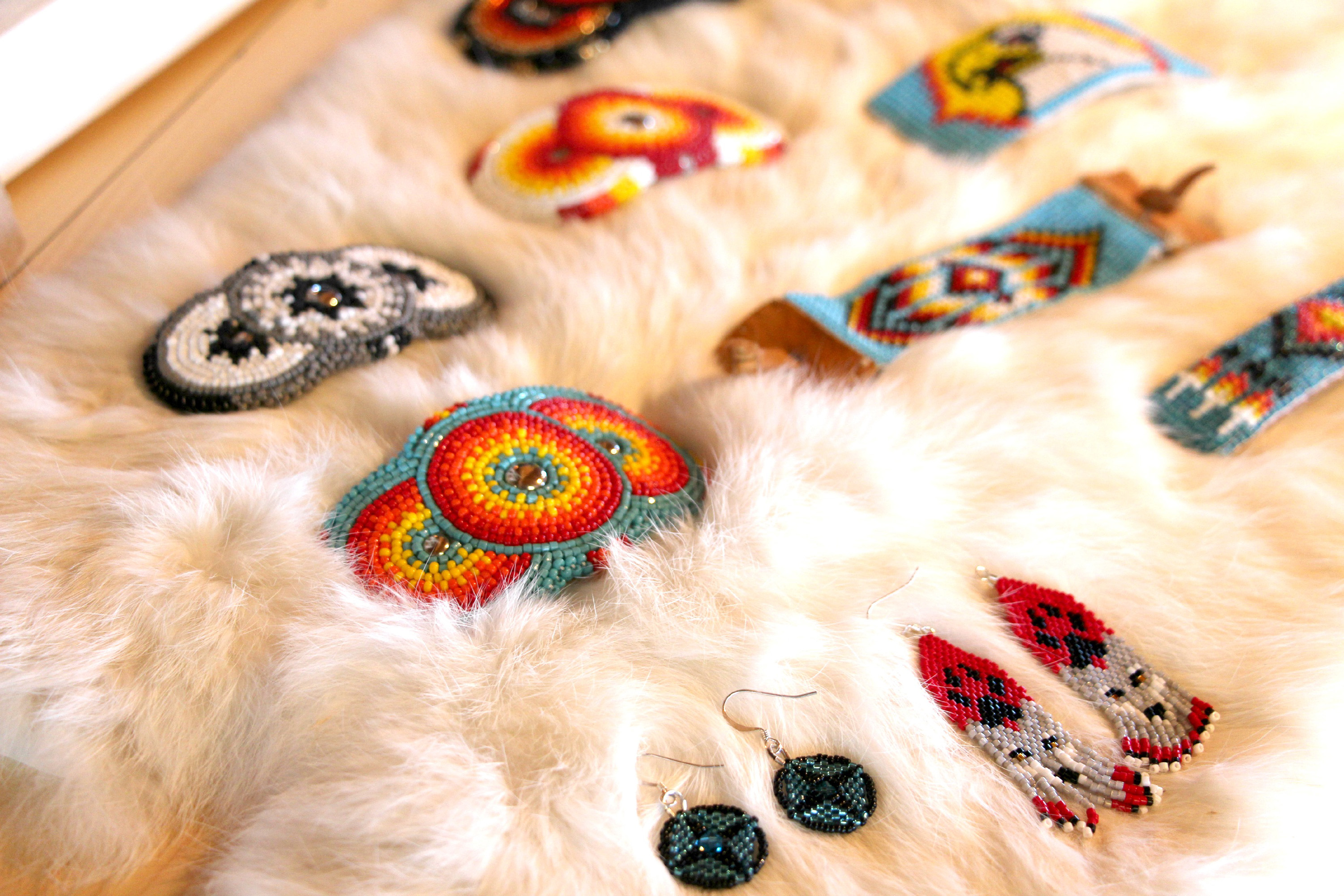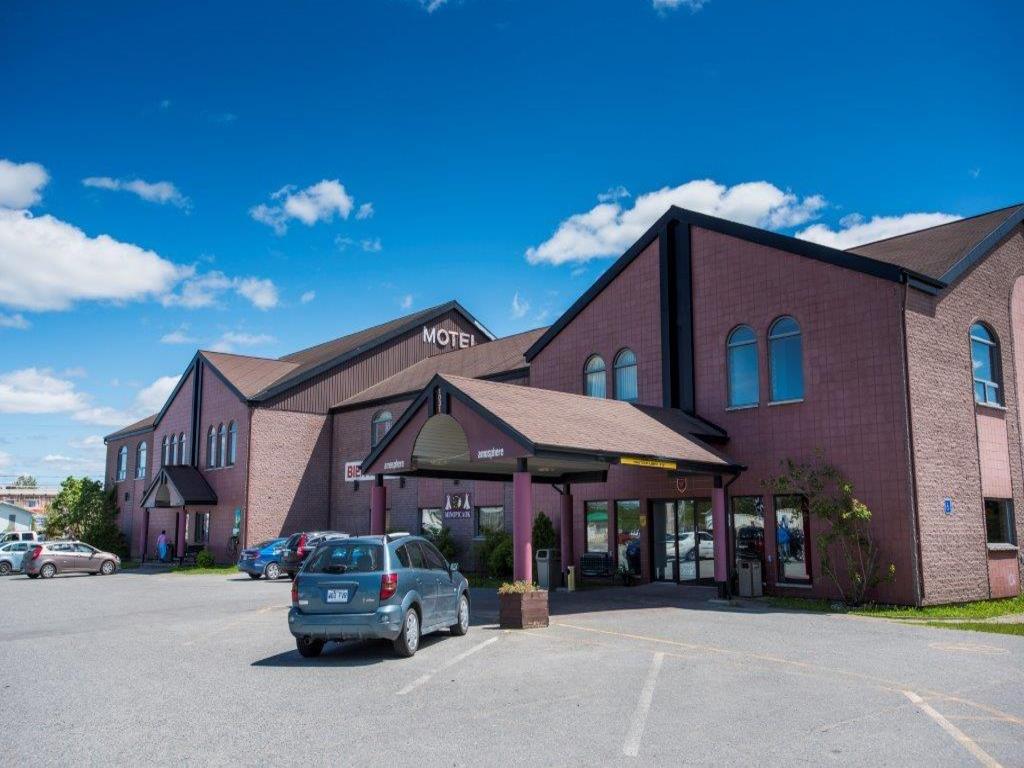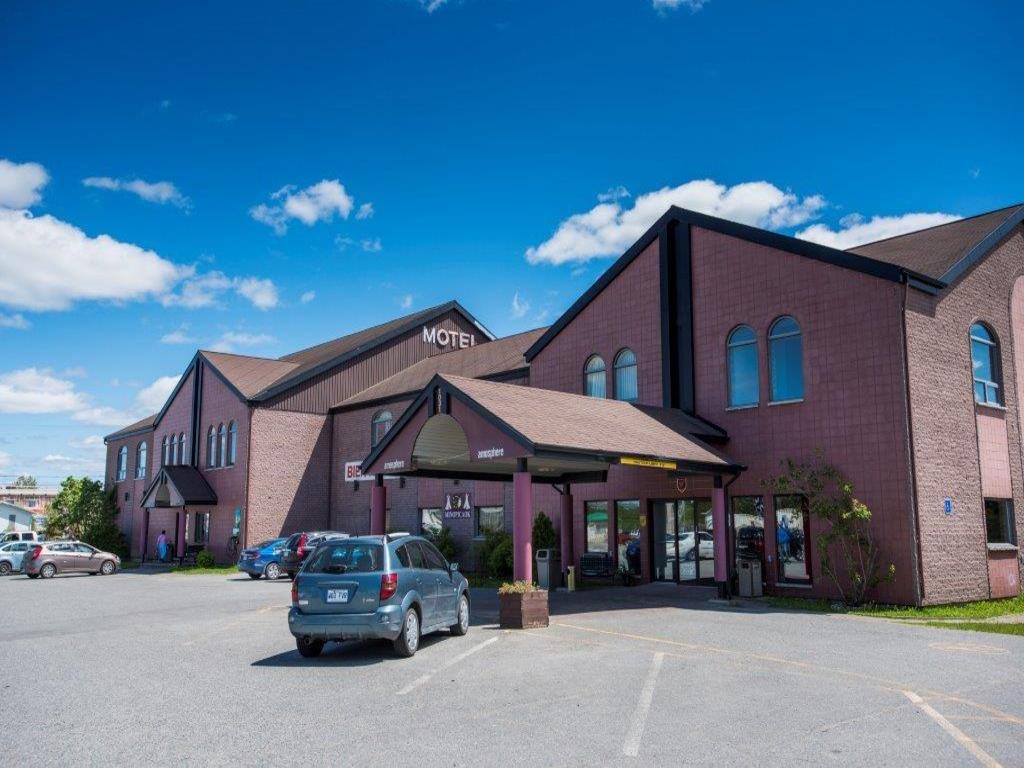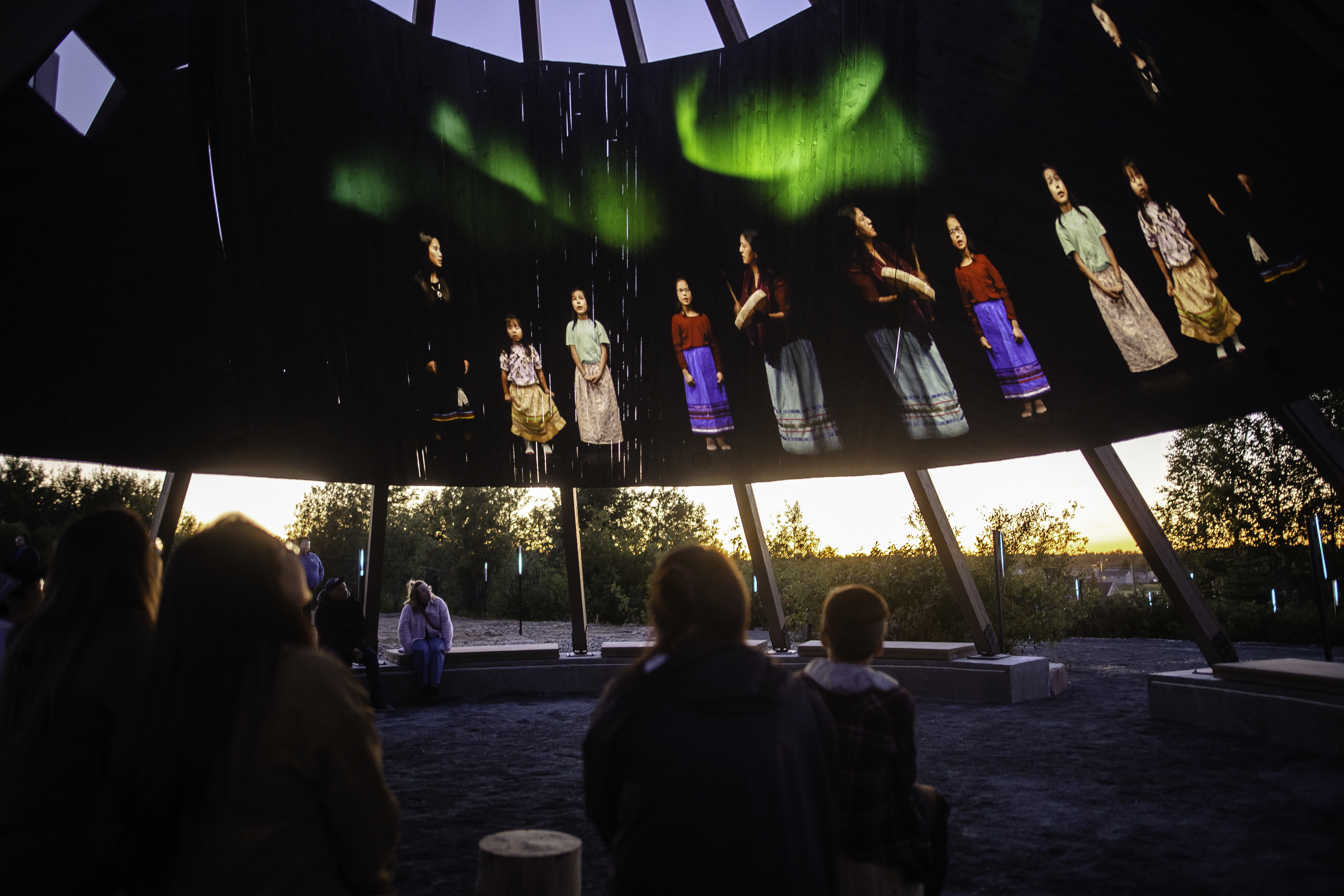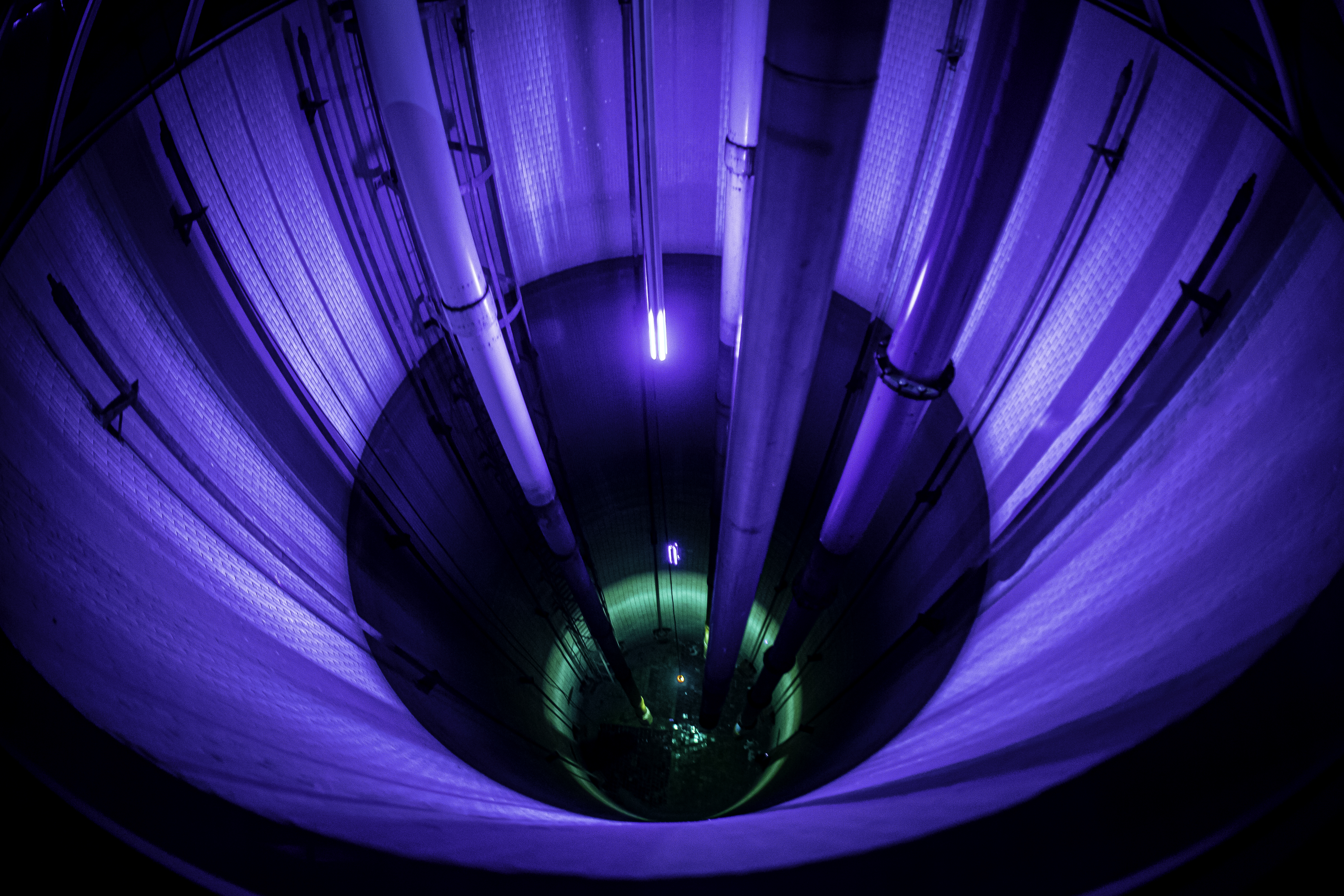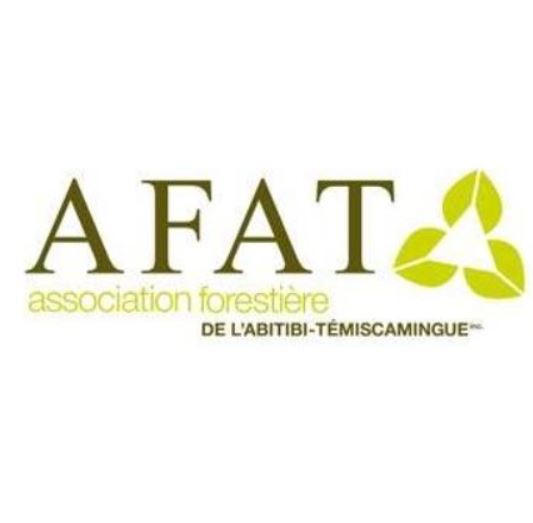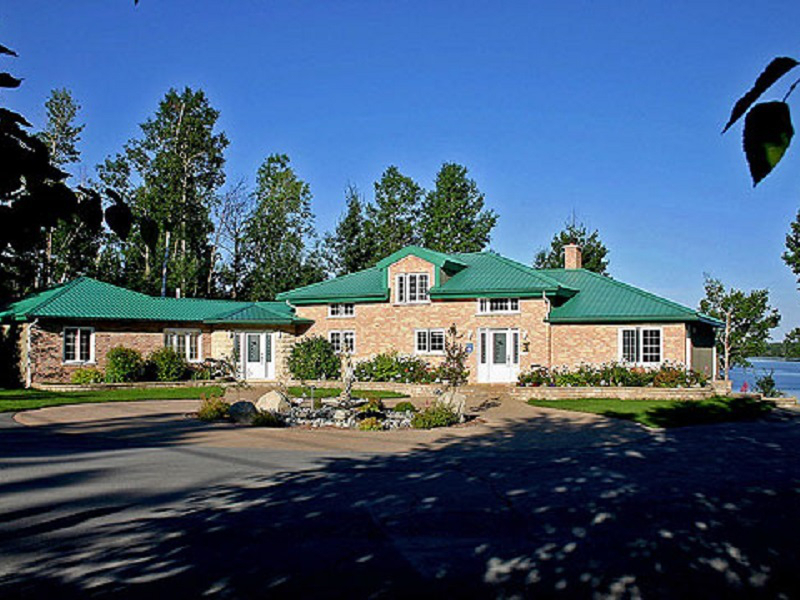If there’s anything Abitibi-Témiscamingue isn’t lacking, it’s water! And some of the best around is the naturally filtered water from the Saint-Mathieu-Berry esker, near Amos, one of the purest in the world and the pride and joy of the entire region.
That may be so, but you still have to wonder: What do we really know about the water? How does it get to us? How is it seen by the First Peoples? Is it a threatened resource despite its abundance? What is an esker, really? With the goal in mind of creating a space that combines education, tourism, awareness, and learning about the territory and its population, the RCM of Abitibi and several other partners (the community of Pikogan, Refuge Pageau, and the city of Amos, among others) joined forces to create Anisipi (which means pure water in the Anicinape language), an immersive route detailing the richness and vulnerability of “blue gold,” but also providing information about the territory, its culture and its history.
Four Immersive Stations
FOUR IMMERSIVE STATIONS
Located at the Amos municipal well, in Pikogan, at Refuge Pageau, and at the Lac Beauchamp municipal beach, four immersive stations designed by Quebec-based Moment Factory take the spectator on an experience that combines visual and digital arts, music and narration. True works of art, they help visitors rediscover water from new angles, beyond its everyday uses. At the well, visitors learn about the path water takes to get to us. At the Pikogan tepee, they discover the role of water in the history and culture of the Abitibiwinni First Nation, the role of the Harricana River as a key section of the region’s road network, the relationship between the people and the river, and the way they view water as a living entity. At Refuge Pageau, they get a close-up view of the wildlife and a deeper understanding of their place in the ecosystem. And at the Lac Beauchamp municipal beach, they learn about how the esker was formed and reflect on whether water is being given the importance it deserves. One thing is certain: The stations are sure to inspire wonder, reflection and contemplation.
A collaborative process
For most members of the Moment Factory creative team, this was their first visit to Abitibi-Témiscamingue. So, before starting, they had to get the lay of the land, meet the people, and learn about their history. For example, very early on, the team met with the people of Pikogan, including its elders’ council, an experience that left an indelible mark on the entire creative process: “There’s no doubt about it, our meeting with the elders’ council shaped the rest of our journey. Since the beginning of time, Indigenous peoples have seen water as a living being capable of giving and taking away, an entity worthy of respect—a perspective we thought was so relevant in this day and age,” explained Marie Belzile, Creative Director at Moment Factory.
The contribution of the Abitibiwinni First Nation in Pikogan and other communities is tangible throughout the Anisipi experience, from the visuals created by Frank Polson (of the Long Point First Nation), to the sections between the stations narrated by an Anishinabe woman (sometimes in her native language), to the presence of Kevin Papatie (Pikogan) on the production team that created the short film shown at the tepee station. “The ultimate goal is to teach people about water, but also to imbue the territory of Amos with the Anishinabe culture (...) What makes me most proud is seeing how pleased everyone is—the people of Pikogan and Félix from Refuge Pageau—with how the project turned out and how everyone worked so well together. It’s helped build bridges between people who were geographically close but who never crossed paths in real life—and this is only the beginning,” said Marie Belzile.
This strengthening of ties is also reflected in the audio component, with each voice and each soundtrack having been carefully selected to represent the diversity of the subject matter and the depth of the connections created during the project. Musicians from Pikogan were also involved.
Working with what was there
Throughout the process, the creative team always tried to put itself in the spectator’s shoes and draw on the existing strengths in the area. At Refuge Pageau, for example, after speaking directly to Mr. Pageau’s descendants, it made sense to explore more abstract avenues and to deepen the relationship with the character by engaging the viewer with his memory. This quiet moment is quickly offset by the most interactive of all the stations, where visitors can touch the walls to conjure up amazing animals, straight out of Frank Polson’s imagination. Kids who have been told not to touch anything up to this point can run wild here!
At Lac Beauchamp, visitors will be awestruck by the breathtaking scenery and the stunning horizon—perfect for watching the sunset. The Moment Factory station has become a sort of extension of the already spectacular natural display taking place on the stunningly colourful horizon at dusk; we only wish it could last longer.
A Common Good
While the four stations form the heart of the experience, Anisipi is spread out over the entire territory of Amos-Harricana, as a permanent reminder of the meeting between peoples and the wealth that water represents.
Anisipi also includes a route dotted with artistic fountains and covered bridges, an exhibition of banners, a route of water-inspired quotes, and a stop at the esker interpretation pavilion. Once again, the contribution of the Abitibiwinni community was indispensable, as evidenced by the works of Carlos Kistabish on the banners or the artwork created jointly by Indigenous and non-Indigenous artists that will hang at the roundabouts at the entrance to the city this fall.
For Bernard Blais, director of culture, tourism and quality of life for the city of Amos, it was essential to include all the communities of the RCM in this large-scale project in order to develop synergy and ensure complementary offers eventually arise from this major project: “Everything’s connected when it comes to tourism and the ability to host visitors. Imagine a big crowd of tourists arrive in town, we need to be able to accommodate them. People need to be ready, to make sure they get their slice of the pie” said Mr. Blais. From this perspective, Anisipi can be seen as a collective project, to which each community gives and from which they receive in return.


